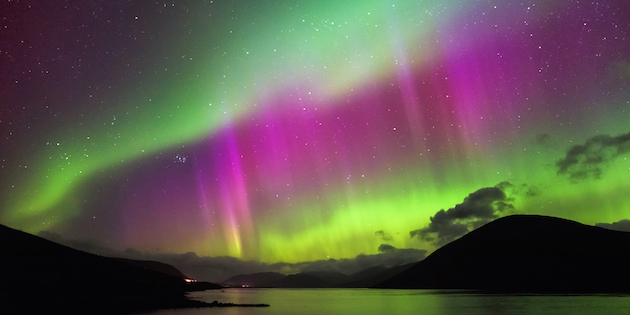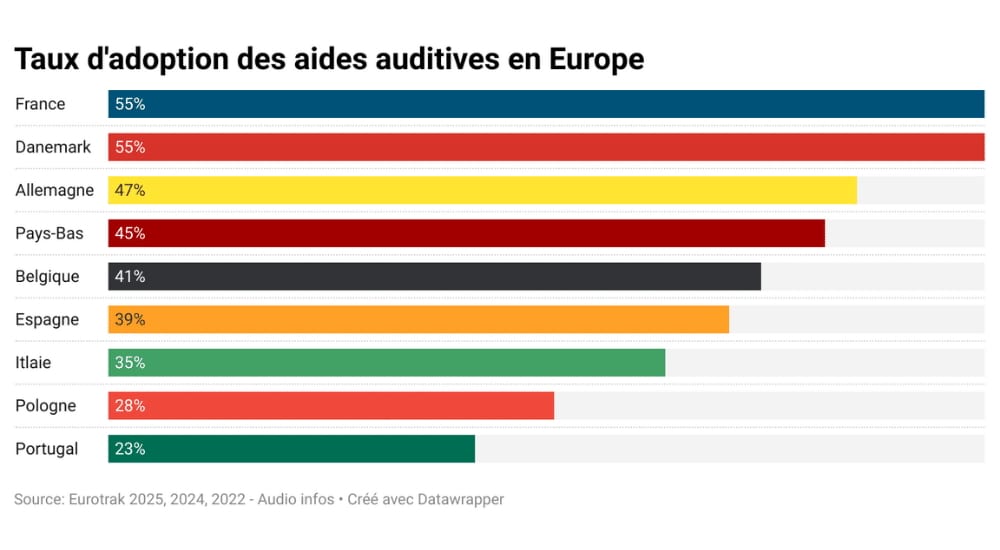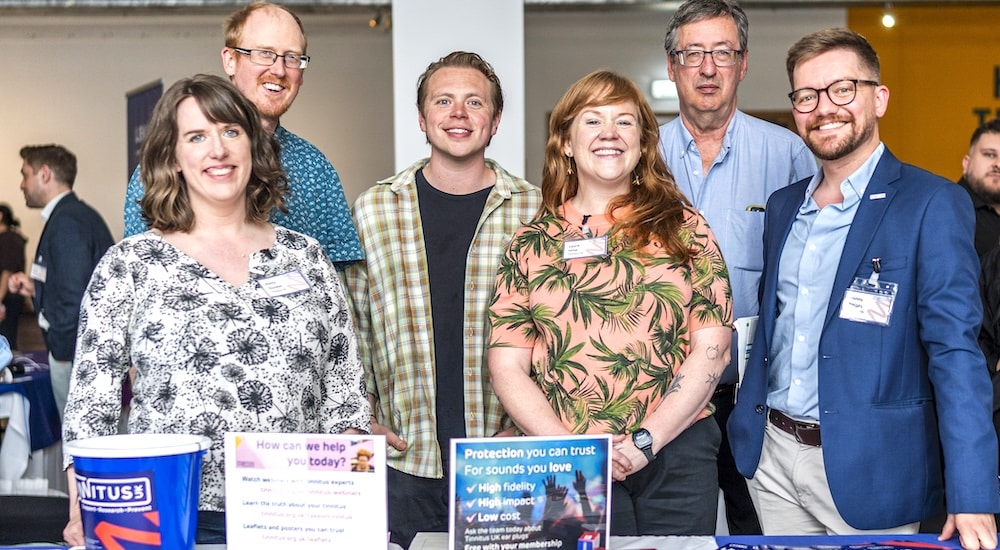Listen to the northern night sky for some auroral pop!
No, it wasn’t the ice cracking or a dog snapping...The luminous phenomenon of the famous northern lights - recently seen as far south in the UK as Kent and Cornwall is a famous visual, but did you know you can hear them even when they are not visible?

Scientists have long known how auroras are created. There is a controversy, however, that still divides researchers: Can auroras actually produce sound, as Finnish Emeritus Professor and speech technology expert, Unto Laine, of Aalto University, Helsinki has long claimed?
For more than two decades, Prof. Laine has been tracking evidence for this proposal, convinced that under special circumstances the beautiful celestial phenomenon is actually accompanied by a sound that can easily be imitated by clapping one’s hands. The professor believes auroras can sound similar to this, though louder of course. He long found the idea almost mystical, not yet understanding how a starry septentrional sky might produce such sounds. What amazed him even more was that “it was absolutely surprising that the origin of these sounds was not far above the ground, only about 75 metres above our heads.” According to the scientist, it takes two things to produce the phenomenon: the auroras themselves and a very specific weather condition.
The Solar wind section behind the formation of auroras
Dr. Jürgen Matzka explained to Audiology News UK’s sister publication, Audio Infos Germany, exactly how auroras are created: “The sun has an active surface from which charged particles are constantly being hurled in all directions of space,” says the expert in geomagnetism at the German Research Centre for Geosciences in Potsdam. “This so-called solar wind encounters the Earth’s magnetic field, which is created by the planet’s liquid iron core, and ensures that there is a north and a south pole. The magnetic field, which is similar to a sphere, is compressed on the side facing the sun and protrudes into space like a waiting train on the night side,” Matzka says. The energy of the solar wind is stored in the back of the magnetic field on the night side of the Earth until enough of it accumulates to shoot along the magnetic field lines to the poles.
How the auroras have different colours
On their 150m km journey to the Earth’s surface, which takes them one-and-a-half to two days to complete, the particles encounter the atmosphere, which becomes denser the closer you get to the ground. “At a certain density, the particles start interacting with the air molecules,” explains the geoscientist – and that’s exactly what shows up in the northern lights, which are also called auroras. Their colour depends on which layer of the atmosphere the interaction occurs in. “There are layers with a lot of oxygen and others with a lot of nitrogen. Depending on which molecules are present, they react differently with the high-energy particles of the solar wind.”
In layers rich in oxygen, a reddish or greenish color develops; in deeper layers of the atmosphere with a lot of nitrogen, a bluish or violet color emerges. “To create a purple aurora, you need a strong storm so that the particles have enough energy to get that deep,” Matzka continues. In this rarer case, the aurorae would form at a distance of less than 100 kilometres.
Weather inversion conditions favour the accompanying sound
In order for the optical phenomenon to be accompanied acoustically, Unto Laine says there must be a weather inversion situation. “During a so-called inversion, air temperature conditions are reversed in the vertical distribution of the atmosphere,” explains meteorologist Dr. Barbara Harm-Altstädter from the Technical University of Braunschweig. While temperature normally decreases with increasing altitude, various types of inversion lead to an increase in temperature with altitude.
Inversions often occur during high-pressure weather conditions or in the early hours of the morning, the meteorologist said. “In the latter case, an inversion occurs because the ground cools down significantly faster than the air temperature in the atmosphere during nocturnal hours without solar radiation.” As a result, a warmer air mass lies above it, which serves as a kind of cover and inhibits the exchange of water, water vapor, or air pollutants underneath. Without wind, the cold and warmer air masses above cannot mix. At a distance of 70-80 metres there is a separating layer between them.
The sound you hear comes from electrical charges
Since 2000, Unto Laine has been investigating how the aurora borealis and the popping noise are related, and he presented his findings in a paper published in 2016. He focused on the crackling and popping sounds during an aurora, relating them to measurements by the Finnish Meteorological Institute (FMI), finding evidence that the sounds resulted from electrical discharges over a temperature inversion layer some 75 metres above the ground. While magnetic pulses travel at the speed of light, sounds travel at the speed of sound. The two signals therefore take different lengths of time to travel the same distance, and Laine used this difference to calculate the distance between the earth and the noise source.
Sounds can occur without the aurora
After further recordings made in 2022 in the Finnish village of Fiskars, Laine discovered something else that surprised him: the sounds can occur even when no auroras are visible at all. They nevertheless correlated with the geomagnetic activity of the solar storm and fluctuations in the geomagnetic field. The higher these were, the more so-called Auroral Sounds were measured. At a conference in Aalborg, Denmark in 2022, Laine declared: “Using the independently measured geomagnetic data, it is possible to predict with ninety percent accuracy when aurora noise will appear in my recordings.” His conclusion: the noises occurred much more frequently than previously thought . “But when people hear them with no visible auroras, they think it’s just cracking ice or maybe a dog or some other animal.”
Source: Audio Infos Germany/Audiology News UK issue 02 May-June 2023





